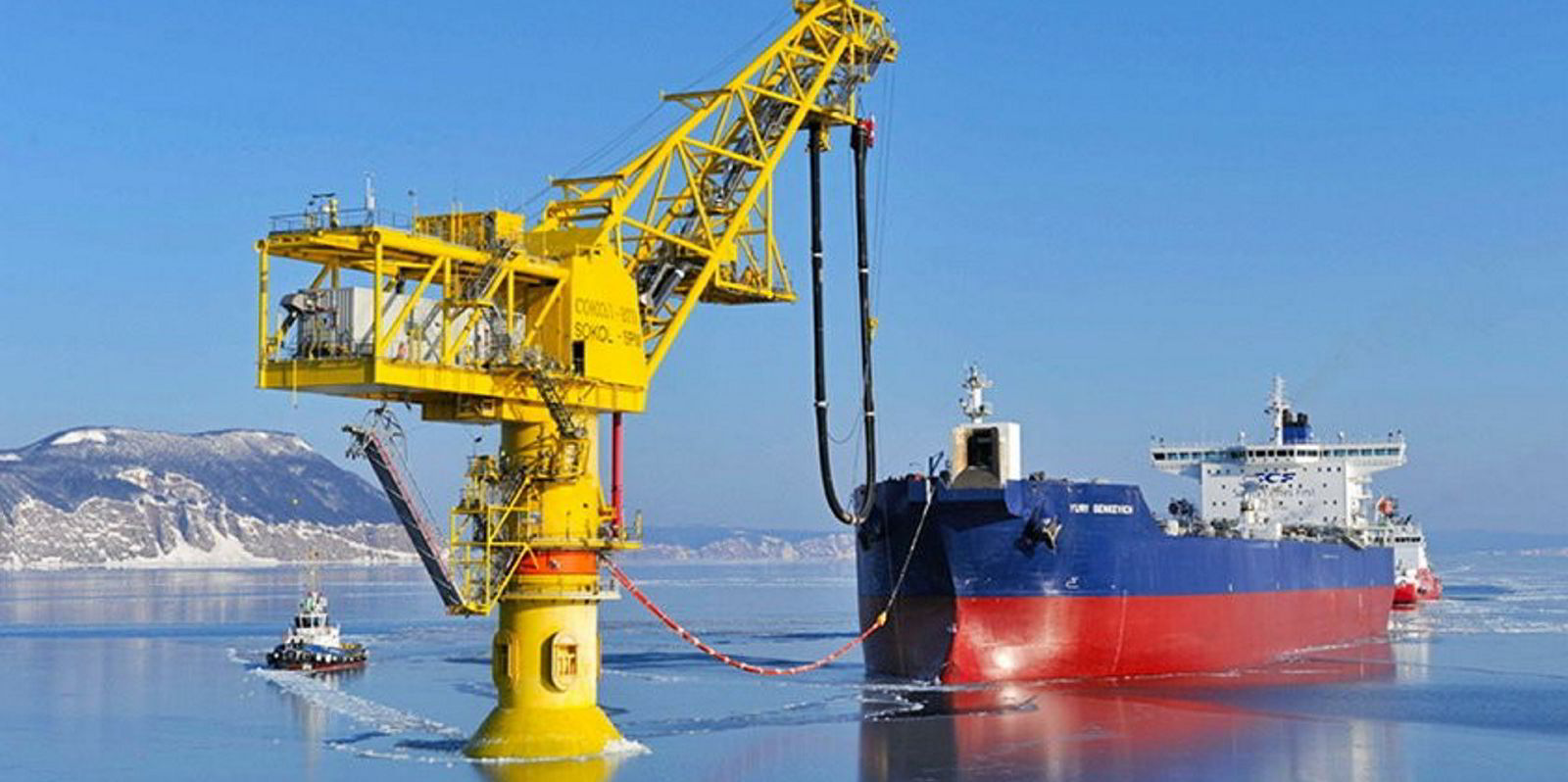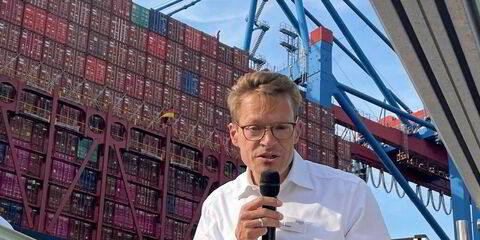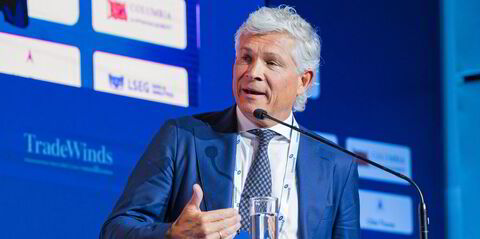Three Sovcomflot vessels sanctioned by the US for alleged price cap violations shifted their operations from June to receive oil from Russia’s Far East in a series of ship-to-ship transfers, according to tracking data.
The 115,700-dwt Kazan and 114,700-dwt Ligovsky Prospect (both built 2003) received three cargoes of oil in separate lightering operations off the coast of South Korea before delivery to Indian ports, according to Kpler cargo data.
The 105,700-dwt NS Century (built 2006) received four oil cargoes, the data suggested.
The US sanctions regulator, the Office of Foreign Assets Control, known as Ofac, had warned shipping companies in April that it was aware of the involvement of Western interests in trades in Russia’s Far East that were believed to be above the price cap.
The ships — and two tankers previously sanctioned in October — were all targeted because of their involvement with US service providers, it added.
Ofac did not identify the link, but all five have connections to the US through their flag states, the Marshall Islands and Liberia, which have offices in the state of Virginia.
The latest three ships are all flagged by Liberia, according to shipping data, as was the Sovcomflot-controlled, 157,300-dwt suezmax SCF Primorye (built 2009), which was sanctioned in October. The Turkish-owned, 115,900-dwt Yasa Golden Bosphorus (built 2007) is flagged by the Marshall Islands.
The Liberian registry “is administered by a US-owned and operated company and managed by industry professionals who understand the business of shipping”, according to its website.
Sovcomflot and the registry have been contacted for comment.
The impact on flagging services is not immediately clear. The two tankers sanctioned last month are still listed by ownership databases with the same registries. The latest three ships are listed by VesselsValue as having protection and indemnity cover with Russia’s Ingosstrakh.

The move by Ofac means that assets of the shipowner in the US, or controlled by US citizens, are blocked. The three vessels are all owned by single-ship companies based in the United Arab Emirates.
Similar trades
Cargo and ship tracking data shows that the Kazan, Ligovsky Prospect and NS Century have all followed similar patterns since June when they shuttled between the Yeosu lightering zone off South Korea to Indian ports.
India, along with China, has become the biggest importer of Russian crude since the European Union imposed an import ban in December 2022.
The three ships received oil from the Sakhalin-1 project in Russia’s Far East that was brought to Yeosu and transferred by five Sovcomflot tankers, the data suggested.
Russian oil sold from the Far East has consistently sold above the $60 per barrel price cap since it was imposed by G7 nations in December last year, according to the International Energy Agency.
“Ofac is aware of reports that ESPO and other crudes exported via Pacific ports in the Russian Federation, such as Kozmino, may be trading above the price cap and may be using covered services provided by US persons,” Ofac said in its April alert.
“These US service providers may be unaware that they are providing covered services involving Russian oil purchased above the price cap as the non-US persons involved in the exports may have provided incomplete or false documentation or used other deceptive practices.”
Read more
- Uncle Sam is watching, and he wants your records on the Russia price cap
- Russia price cap nations push for more detail on shipping documents
- Braemar takes £2m hit after probe into deal commissions but underlying profit doubles
- Economou VLCC linked to Vitol Venezuelan tanker fixture
- Kremlin shrugs off US’ oil price cap crackdown





